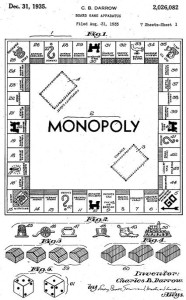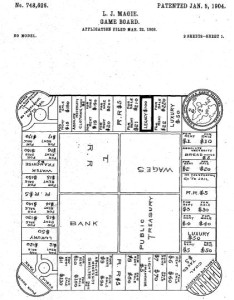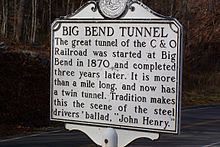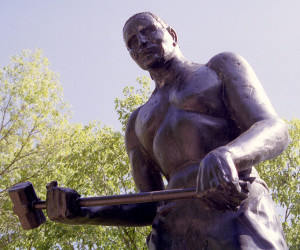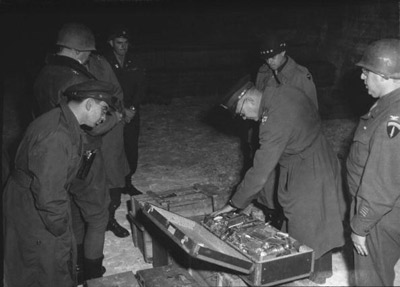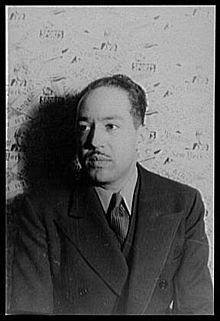February 7, 1926: Carter G. Woodson establishes Negro History Week
The story of Black History Month begins in Chicago during the late summer of 1915. Three years earlier, Carter G. Woodson had received a doctorate from Harvard, and was in Chicago to participate in a national celebration of the fiftieth anniversary of emancipation sponsored by the state of Illinois. Thousands of African Americans also made the trip to see exhibits highlighting African American progress since the end of slavery and an overflow crowd of six to twelve thousand waited outside the Coliseum for their turn to view the exhibits. Inspired by the three-week celebration, Woodson met with A. L. Jackson and three others to form the Association for the Study of Negro Life and History (ASNLH).
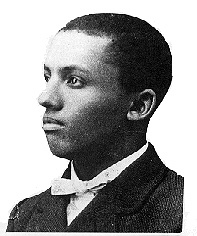
Carter G. Woodson
He intended that others would popularize the findings that he and other black intellectuals would publish in The Journal of Negro History, which he established in 1916. As early as 1920, Woodson urged black civic organizations to promote the achievements that researchers were uncovering. A graduate member of Omega Psi Phi, he urged his fraternity brothers to take up the work. In 1924, they responded with the creation of Negro History and Literature Week, which they renamed Negro Achievement Week. To generate greater interest he sent out a press release announcing Negro History Week in February, 1926.
Woodson chose February to build on the established tradition of celebrating the birthdays of Abraham Lincoln and Frederick Douglass on the 12th and the 14th, respectively. Since Lincoln’s assassination, the black community, along with other Republicans, had celebrated Lincoln’s birthday. Since the late 1890s, black communities across the country had been celebrating Douglass’. Woodson, innovated by asking the public to expand their study of black history beyond the celebration from the study of two great men to that of the accomplishments of African Americans.
—Excerpted and paraphrased from a more detailed posting by Prof. Daryl Michael Scott at asalh.org.
On this day in 1926 Carter G. Woodson established what would become Black History Month


